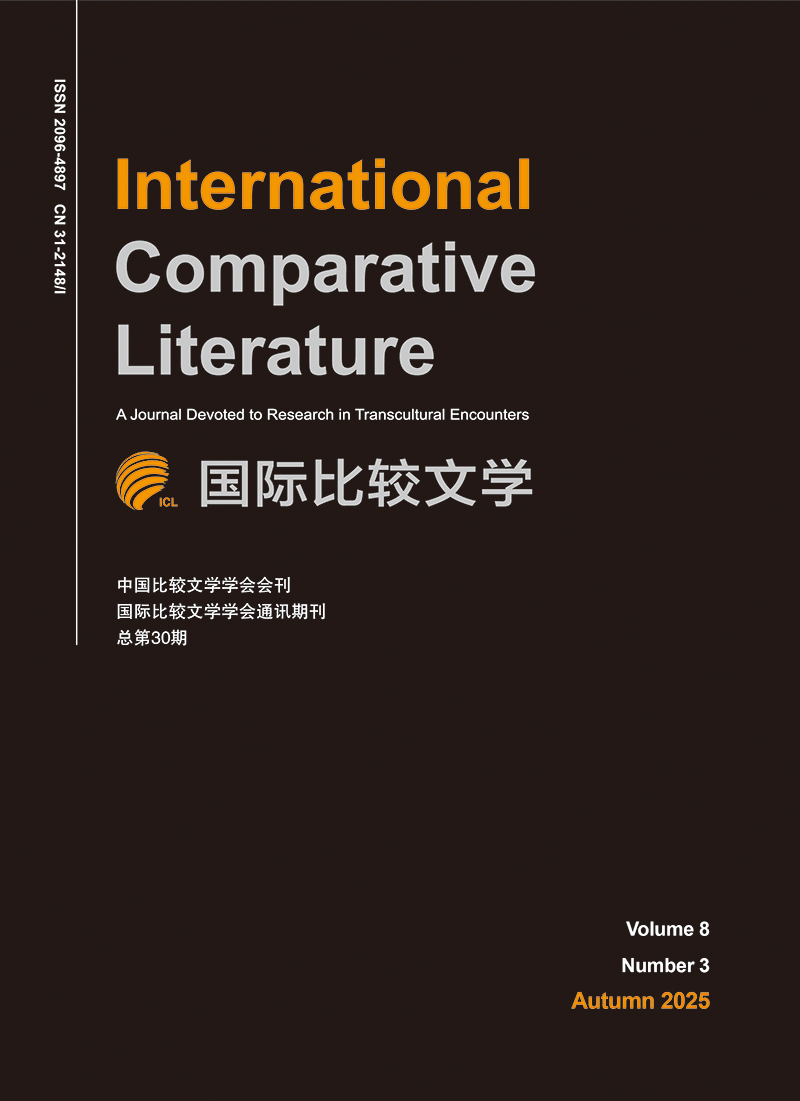2018 Vol. 1, No. 1
Display Method:
2018, 1(1): 32-47.
Abstract:
2018, 1(1): 61-75.
Abstract:
2018, 1(1): 76-96.
Abstract:
2018, 1(1): 97-108.
Abstract:
2018, 1(1): 109-130.
Abstract:
2018, 1(1): 133-135.
Abstract:
2018, 1(1): 136-138.
Abstract:


